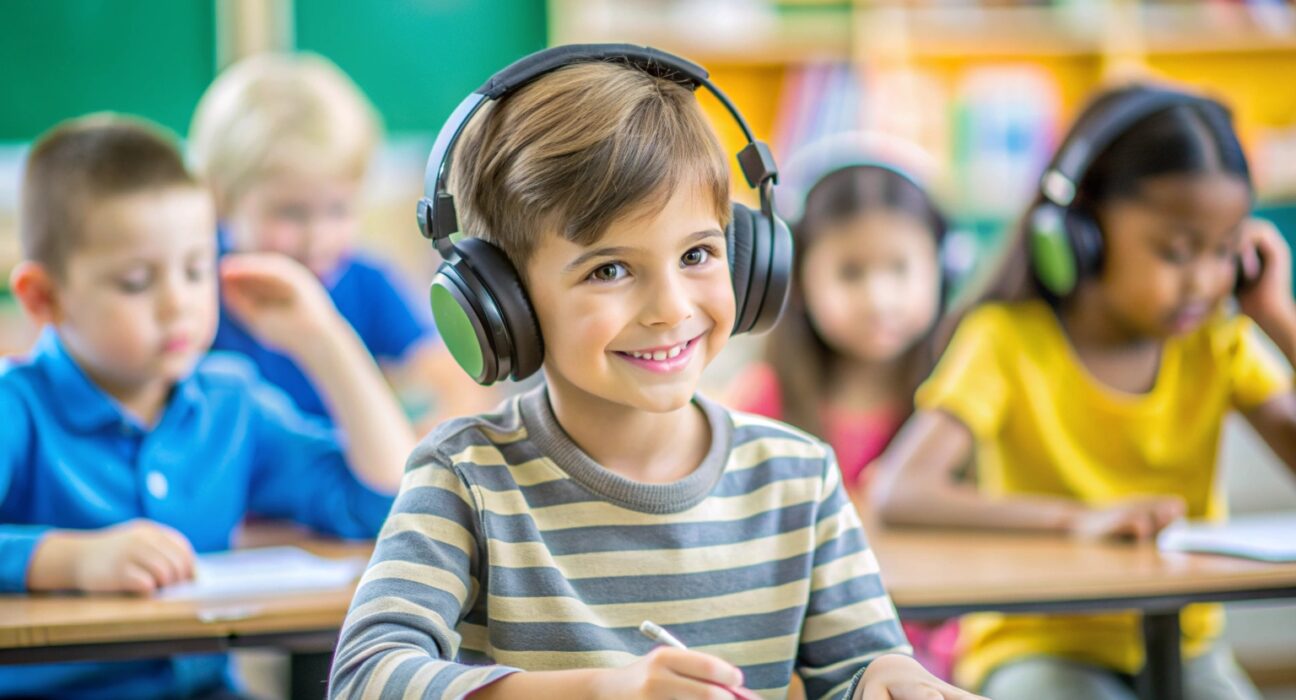Understanding sensory sensitivities is crucial for creating a supportive educational environment for students with special needs. This guide provides a comprehensive overview of sensory sensitivities, practical strategies for educators, and a Q&A section to address common concerns.
1. Understanding Sensory Sensitivities
What are Sensory Sensitivities? Sensory sensitivities refer to the heightened or reduced responses to sensory stimuli. This can include hypersensitivity (over-responsiveness) or hyposensitivity (under-responsiveness) to sights, sounds, textures, smells, tastes, and movements.
Common Types of Sensory Sensitivities
- Visual Sensitivity: Overreaction to lights, colors, or patterns.
- Auditory Sensitivity: Discomfort with loud or repetitive sounds.
- Tactile Sensitivity: Aversion to certain textures or touch.
- Olfactory Sensitivity: Strong reactions to specific smells.
- Gustatory Sensitivity: Preferences or aversions to certain tastes.
- Vestibular Sensitivity: Issues with balance and movement.
- Proprioceptive Sensitivity: Challenges with body awareness.
2. Impact on Learning and Behavior
Challenges in the Classroom
- Attention and Focus: Sensory overload can make it difficult for students to concentrate.
- Behavioral Issues: Sensory discomfort can lead to behaviors such as withdrawal, aggression, or self-stimulation (stimming).
- Social Interaction: Sensory sensitivities can affect a student’s ability to engage with peers.
Positive Aspects
- Unique Strengths: Sensory-sensitive students may have keen observation skills or heightened creativity.
- Adaptability: With the right support, students can learn to manage their sensitivities effectively.
3. Strategies for Educators
Creating a Sensory-Friendly Classroom
- Environment Modifications: Use calm colors, reduce noise levels, and provide sensory tools (e.g., fidget toys, noise-canceling headphones).
- Structured Routines: Establish predictable schedules to reduce anxiety.
- Personalized Supports: Develop individualized sensory diets with activities tailored to each student’s needs.
Teaching Techniques
- Differentiated Instruction: Adapt teaching methods to accommodate sensory preferences.
- Sensory Breaks: Incorporate regular breaks for students to engage in sensory activities.
- Positive Reinforcement: Use encouragement and rewards to reinforce desired behaviors.
4. Q&A Section
Q: How can I identify sensory sensitivities in my students? A: Observe for signs such as frequent covering of ears, avoidance of certain textures, or distress in bright environments. Collaborate with parents and specialists to gather comprehensive information.
Q: What are some quick sensory activities to help calm a student? A: Deep pressure activities like weighted blankets, quiet time with noise-canceling headphones, or tactile activities like playing with putty can be effective.
Q: How can I explain sensory sensitivities to other students? A: Use simple, age-appropriate language. For example, “Some people have super senses that make certain sounds or lights feel too strong. We can help by being quiet and understanding.”
Q: What resources are available for further learning? A: Websites such as the Sensory Processing Disorder Foundation, books like “The Out-of-Sync Child,” and professional development workshops on sensory integration.
Conclusion Addressing sensory sensitivities in special education requires a proactive and informed approach. By understanding the unique needs of sensory-sensitive students and implementing supportive strategies, educators can create an inclusive and effective learning environment.

